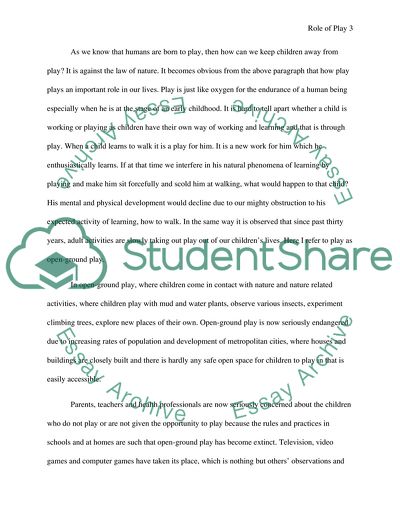Cite this document
(“Adolescent Moral Behavior Research Paper Example | Topics and Well Written Essays - 1750 words”, n.d.)
Adolescent Moral Behavior Research Paper Example | Topics and Well Written Essays - 1750 words. Retrieved from https://studentshare.org/psychology/1591075-adolescent-moral-behavior
Adolescent Moral Behavior Research Paper Example | Topics and Well Written Essays - 1750 words. Retrieved from https://studentshare.org/psychology/1591075-adolescent-moral-behavior
(Adolescent Moral Behavior Research Paper Example | Topics and Well Written Essays - 1750 Words)
Adolescent Moral Behavior Research Paper Example | Topics and Well Written Essays - 1750 Words. https://studentshare.org/psychology/1591075-adolescent-moral-behavior.
Adolescent Moral Behavior Research Paper Example | Topics and Well Written Essays - 1750 Words. https://studentshare.org/psychology/1591075-adolescent-moral-behavior.
“Adolescent Moral Behavior Research Paper Example | Topics and Well Written Essays - 1750 Words”, n.d. https://studentshare.org/psychology/1591075-adolescent-moral-behavior.


